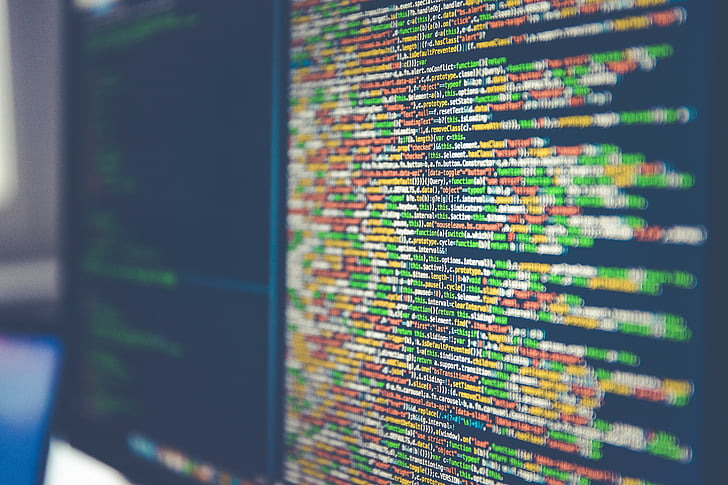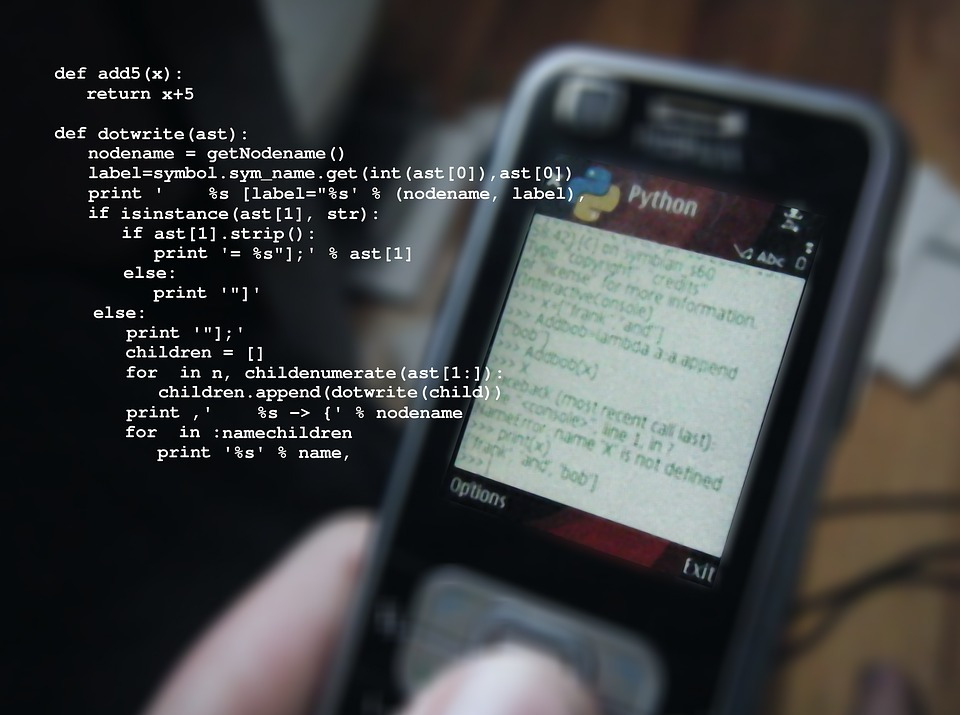Today, many coders have found different ways to develop and apply a new set of grammar in their programming projects. So, how is a programming language created? We help you understand how top experts handle and customize languages in many ways. So, let’s dive into this post for more details!
How was the first programming language created
In 1883, Ada Lovelace and her colleagues created the first programming language based on analytical tools and a simple computer.
She created the source code and implemented some methods to handle the generated code. Then the new language succeeded when that source code became the flexible base.
Today, to create a programming language, you can leverage ones like C++. These may involve syntax structures, a compiler or interpreter, organizing a standard library, and supporting build systems and editors.

Requirements to Create a Programming Language
Nearly anyone mastering machine code can create their language. Let’s specify the following aspects if you are curious about how to get started.
1. Vision

Before you start coding, you need to define a vision for the language you intend to create. This step does not require you to demonstrate knowledge or skills related to the code, but the conclusions you make in this step will affect the entire value and future of the new language.
We advise you to start with the goals you want to work towards. Then dig deeper into data, memory models, processing, and object orientation.
You will have a more detailed description with enough language-related questions. And in the following steps, you will know clearly what needs to be done to create the product as originally intended.
2. High-Level Programming Languages
Most programmers now create new programming languages based on popular high-level ones like C++ or Assembly. Yet, you’ll need to master their structure and syntax to create a successful new product.
Besides, find out the flaws in the primary programming language you often use. Then use your coding skills to create new coding rules that are more optimal and suitable for your projects.
3. Flavor

In this step, you will have to make many complex decisions. For example, you must define the language naturally and many extra factors related to system processing. Also, remember to orient its method to the vision earlier.
4. Compiler or Interpreter
You can use two main methods to create a new programming language: compilation and interpretation. These two methods are slightly different, which will likely need to be clarified for users.
Using compilers, you will figure out everything a program will do. It will quickly turn the code you create into machine code and save it for future execution.
Meanwhile, the interpreter will browse the source code and learn the detailed operating rules of the source code. Therefore, although it is flexible to handle extensive data, its workload is lower than expected.
5. Libraries
You can rely on existing libraries when creating new languages. Your new language can run on several platforms and access another language’s standard library. Languages running on the JVM can use Java’s rather extensive stock library.
This choice will make language testing and improvement more efficient and stable. You can also try creating and controlling language-specific libraries.
You’ll need to set up guidelines in the new library, access the file system, create a GUI, and use the network. Accordingly, you will make the above essential features by gathering functions and variables.
You can also run standard directories by adding string processing, list, and map settings based on your language knowledge.
6. Syntax
Syntax defines the structure of the code that you write. It should be easy to read for programmers who are familiar with other languages.
It should also be clear and concise with the most straightforward and intuitive structures. This design will make it easy for users to learn and use your language effectively.
Consistency is essential in any programming language, so you should create a clear set of rules for your language. In addition, simplicity is critical in this case because a complex language will not be widely available.
7. Implementation
After completing the library building step, it’s time for you to build the deployment structure. Accordingly, you must apply the newly created things to the system and subordinate libraries.
You must use all the elements supporting the open-source process in this step. Early freshers often just used a text editor to handle these tasks. Yet, as the user base grows and the project becomes more complex, you must use support tools.
For example, you must consider hardware support, software support, and compiler-specific scripts. You must write several separate support tools to implement the new programming language.
A specialized editor is also recommended in this step. This tool will highlight syntax and check for errors to help you work more efficiently. Valuable debuggers or a build system similar to Gradle are also tools you can use.
8. Testing

Once you have completed the language development step, you will need to test and evaluate its operations and provide timely remedial actions.
You should have a rigorous testing process to evaluate the founder’s language properly. Ensure everything goes according to what you set up in the first step.
Why Should You Create a New Programming Language?
It would help if you created a new language for your project for many reasons.
Expertise
Sometimes, many experts want to create a new programming language because they have expertise in an area.
Accordingly, the new language will be more suitable and efficient for their project requirements. For example, a financial company might create a language specifically designed for financial modeling.
Customization
Existing programming languages may only sometimes be the best fit for specific apps. Creating a new language may allow you to meet their particular needs. For instance, a game coder should make a new language for their 3D video game.
Conclusion
How are programming languages created? How to create a programming language? Hopefully, you have got your answer from the information provided.
Why don’t you apply the instructions above and start your new programming language? You will surely be satisfied and surprised with your results.
Thank you for reading!
